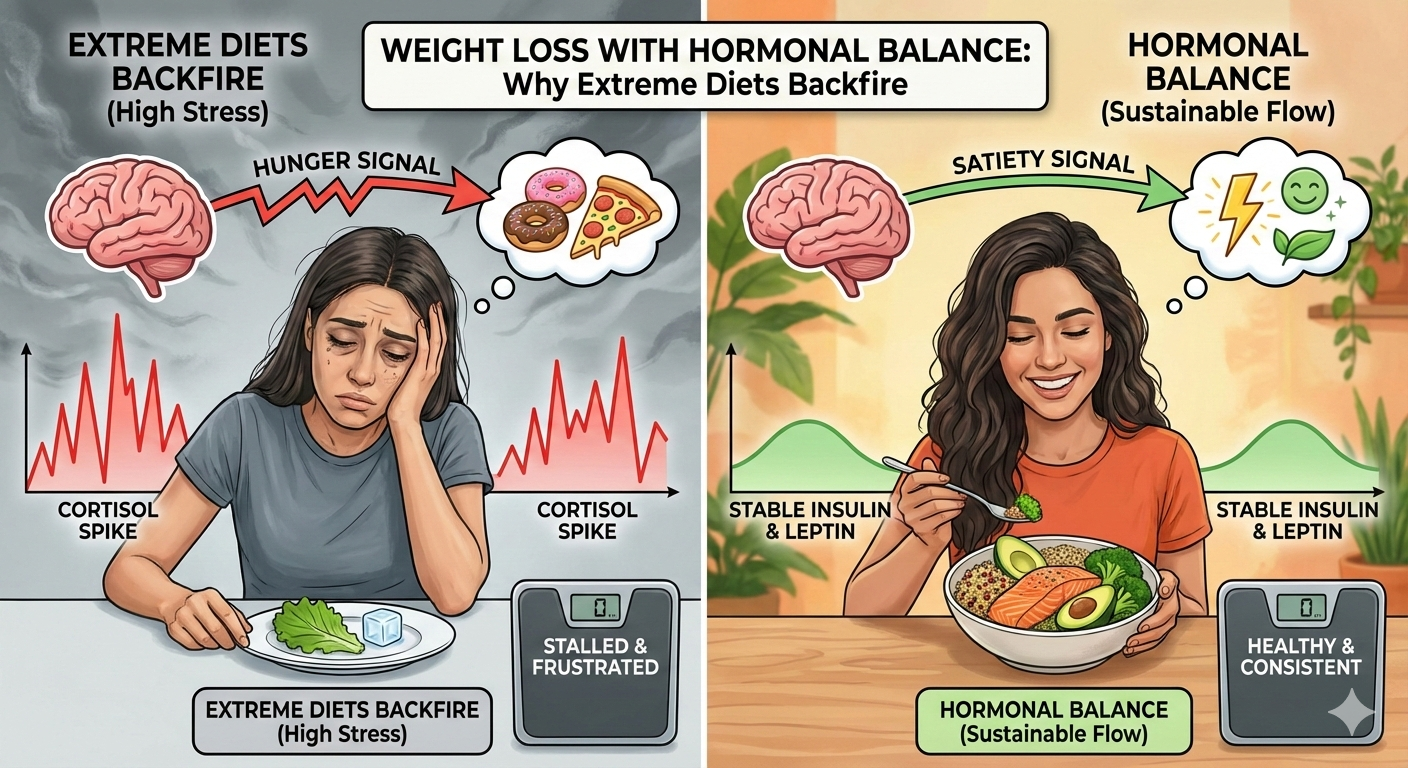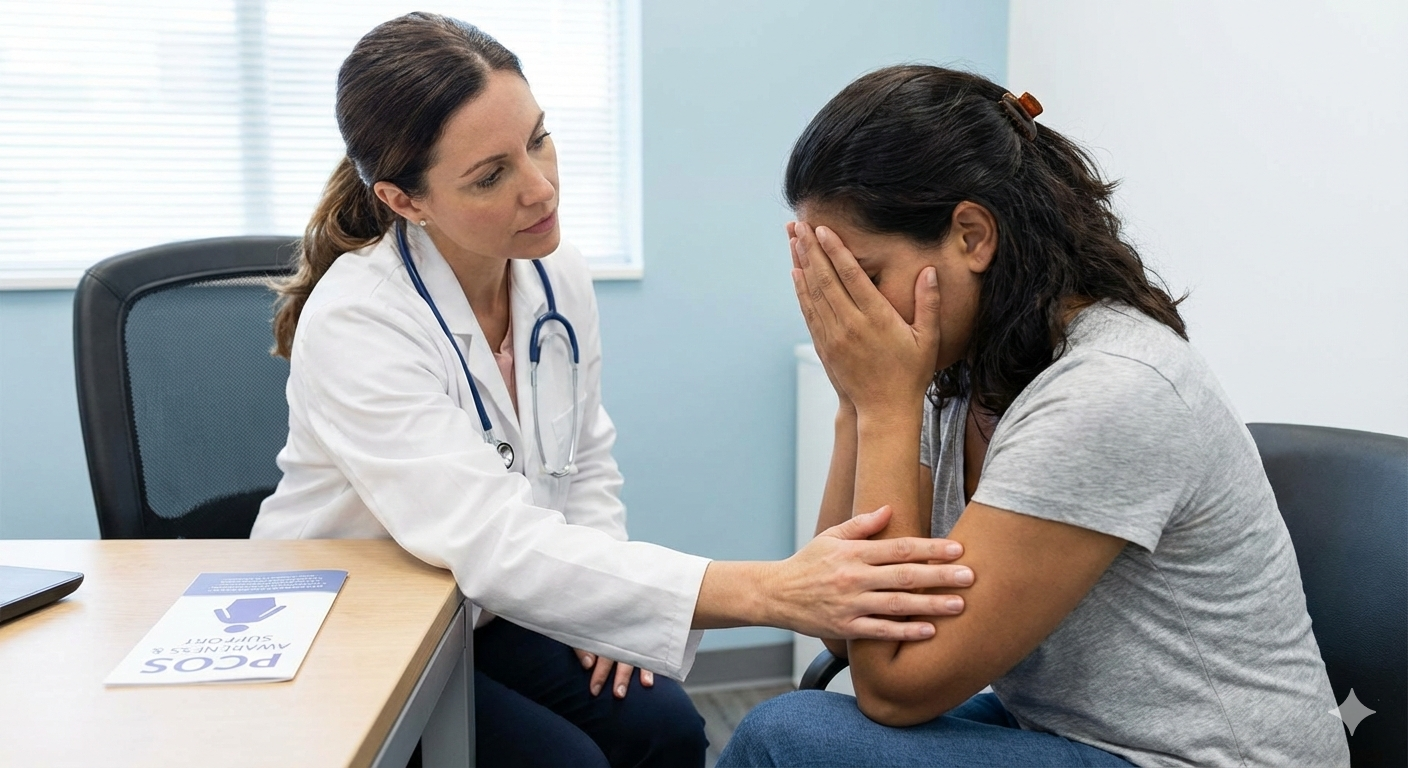In an era where digital health is booming, one sector is leading a quiet revolution—FemTech. Short for “female technology,” FemTech refers to software, diagnostics, products, and services that leverage technology to improve women’s health. From fertility trackers to AI-powered diagnostic tools, FemTech is closing long-standing gaps in female healthcare, often overlooked by traditional medicine.
According to a report by Frost & Sullivan, the FemTech market is projected to reach $60 billion by 2027. This surge is not only about innovation—it’s about empowerment. It’s about enabling women to better understand, monitor, and manage their bodies through accessible, personalised technology.
What Is FemTech?
Coined by Ida Tin, co-founder of the period tracking app Clue, the term “FemTech” encompasses a broad range of tech solutions focused on:
-
Menstrual health & hygiene
-
Fertility & contraception
-
Pregnancy & nursing care
-
Menopause management
-
Reproductive health disorders (e.g., PCOS, endometriosis)
-
Sexual wellness
-
Chronic disease management
Key Innovations in FemTech
1. Fertility & Cycle Tracking Apps
Apps like Clue, Flo, and Natural Cycles allow women to track ovulation, menstrual cycles, and fertility windows. Some also integrate basal body temperature and symptom logging.
-
Research shows that digital apps can improve cycle awareness and fertility planning.
-
The fertility awareness app Natural Cycles, which reports over a million users, even received FDA approval as a digital contraceptive (FDA, 2018).
These digital tools are particularly valuable for:
-
Conception planning
-
Natural contraception
-
Tracking hormonal changes in PCOS or perimenopause
-
Supporting menstrual wellness
However, it’s important to note that accuracy depends heavily on user consistency and correct input. Education around proper use remains essential to prevent misuse or overreliance in clinical decision-making.
2. Wearable Health Monitors
Devices like the Ava Bracelet have revolutionised fertility tracking by monitoring multiple physiological markers such as skin temperature, resting pulse rate, breathing rate, and heart rate variability. Worn during sleep, the Ava Bracelet collects data that, when analysed through machine learning algorithms, can predict the five most fertile days of the menstrual cycle with high accuracy.
A clinical study demonstrated that the Ava Fertility Tracker detected the day of ovulation with a mean error of just 0.31 days compared to luteinizing hormone (LH) tests. Moreover, it correctly predicted ovulation ahead of time in 87% of ovulatory cycles, offering a broader fertile window than traditional methods.
3. AI-Powered Diagnostic Tools
Artificial Intelligence (AI) is revolutionising women’s health by enabling earlier, faster, and more accurate detection of reproductive and hormonal disorders. From breast cancer screening to predicting PCOS risk and assessing fertility profiles, AI-driven tools are becoming powerful allies in preventive and personalised medicine.
Deep learning algorithms are now trained to analyse mammograms and identify abnormalities with remarkable accuracy in breast cancer detection. Research found that AI systems could match or even outperform experienced radiologists in detecting breast malignancies through mammogram interpretation.
AI is also being applied to:
-
Predict PCOS (Polycystic Ovary Syndrome) by analysing menstrual patterns, hormone levels, and ultrasound data
-
Screen for endometriosis using symptom logs and machine learning-based risk scoring
-
Estimate ovarian reserve and fertility window using integrated data from wearables, ultrasound, and lab reports
Moreover, startups and health tech companies are building AI models to:
-
Streamline IVF success prediction
-
Flag potential complications in pregnancy (like preeclampsia or gestational diabetes)
-
Analyse cervical images for early signs of dysplasia or HPV-related lesions
These advancements are making diagnostics less invasive, more accessible, and increasingly tailored to individual needs, especially for women in remote or underserved areas.
4. Telehealth for Women’s Health
Telemedicine has emerged as a transformative force in women’s healthcare, offering personalised, accessible, and stigma-free services right from home. Digital platforms such as Maven Clinic, Nurx, and PlushCare provide virtual consultations for a wide range of needs, including:
-
Birth control and contraception management
-
Prenatal and postpartum support
-
PCOS, thyroid, and menstrual disorder care
-
Mental health counselling
-
Sexual wellness and STI screening
These platforms are especially impactful for women in rural, underserved, or socially conservative regions, where in-person access to gynaecologists or mental health providers may be limited or uncomfortable.
Research highlights telehealth as a crucial tool for maintaining continuity of sexual and reproductive health (SRH) care, particularly for individuals facing barriers to access, especially when SRH services are not prioritised.
With features like discreet home delivery of medications, AI-enabled chatbots for triage, and asynchronous communication, telehealth is removing traditional barriers to care, whether logistical, financial, or cultural.
The COVID-19 pandemic accelerated telehealth adoption, but its continued growth is now being fueled by women’s demand for convenience, privacy, and continuity of care.
5. Menopause Tech: Digital Solutions for Midlife Wellness
With over 80% of women experiencing menopausal symptoms—ranging from hot flashes and sleep disturbances to mood swings and cognitive fog—the rise of menopause-focused digital health tools is long overdue. Innovations like Caria and Grace are now stepping in to fill a critical care gap for midlife women.
-
Caria is an AI-powered app that helps users track symptoms, receive personalised lifestyle recommendations, and access evidence-based articles and coaching. It’s designed to support women through perimenopause and beyond, empowering them to understand hormonal shifts and manage them proactively.
-
Grace, a wearable device worn discreetly on the body, detects physiological signs of hot flashes (like skin temperature and heart rate variability) and offers real-time cooling relief. It also syncs with mobile apps to generate daily symptom trends, helping users identify triggers and evaluate the impact of lifestyle changes or treatments.
These tech tools are breaking the silence around menopause, a life stage that has long been underrepresented in digital health. They are also helping reduce dependency on generalised or outdated advice by offering tailored insights, virtual expert consultations, and peer support communities.
Research has time and again highlighted the barriers faced by menopausal women in accessing healthcare guidance, highlighting the need for accessible, tech-driven interventions.
As menopause care finally gets the attention it deserves, digital platforms are reshaping how women experience and manage this natural transition—with compassion, data, and empowerment.
Challenges and Criticisms
1. Data Privacy Concerns
FemTech apps often collect intimate data, raising concerns about data leakage.
-
A 2022 review found that many popular period tracking apps fail to meet data privacy standards.
2. Lack of Regulation and Standardisation
Unlike traditional medical devices, many FemTech solutions lack clinical validation, which raises concerns about accuracy and safety.
3. Underrepresentation of Diverse Needs
Most FemTech tools are designed around cisgender, heterosexual women, leaving out trans, non-binary, and racially diverse populations.
The Future of FemTech
As digital health matures, FemTech is poised to go beyond fertility and menstruation. The next wave includes:
-
Precision medicine for endometriosis
-
AI-driven hormonal health prediction
-
Custom menopause hormone therapies
-
Mental health platforms for postpartum and PMS
Investments in this space are growing, and more clinician-led, research-backed platforms are emerging.
Conclusion
FemTech is not just a technological trend—it’s a healthcare revolution. By giving women real-time, personalised, and accessible tools, it empowers them to take charge of their health like never before. However, the sector must evolve responsibly, ensuring clinical accuracy, ethical data use, and inclusive design.
As the world wakes up to gender-specific healthcare needs, FemTech may well be one of the most important innovations of our time.
🔗 You May Also Find These Readings Helpful:
-
[CoQ10 & Reproductive Health: What the Research Really Says]
-
[The Silent Surge: Why Women’s Reproductive Health Is Declining]
References
- Grenfell P, Tilouche N, Shawe J, French RS. Fertility and digital technology: narratives of using smartphone app ‘Natural Cycles’ while trying to conceive. Sociol Health Illn. 2021 Jan;43(1):116-132. 🔗 Link
- Niggli A, Rothenbühler M, Sachs M, Leeners B. Can Wrist-Worn Medical Devices Correctly Identify Ovulation? Sensors (Basel). 2023 Dec 9;23(24):9730. 🔗 Link
- Chang YW, Ryu JK, An JK, Choi N, Park YM, Ko KH, Han K. Artificial intelligence for breast cancer screening in mammography (AI-STREAM): preliminary analysis of a prospective multicenter cohort study. Nat Commun. 2025 Mar 6;16(1):2248. 🔗 Link
- Muheriwa-Matemba SR, Alcena-Stiner DC, Glazier A, LeBlanc NM. Telehealth use for sexual and reproductive health promotion and care during the early phase of COVID-19 pandemic: A descriptive-interpretive qualitative study of healthcare providers’ perspectives and experiences in Western-Central New York State. PLOS Glob Public Health. 2024 Dec 23;4(12):e0003259. 🔗 Link
- Barber K, Charles A. Barriers to Accessing Effective Treatment and Support for Menopausal Symptoms: A Qualitative Study Capturing the Behaviours, Beliefs and Experiences of Key Stakeholders. Patient Prefer Adherence. 2023 Nov 15;17:2971-2980. 🔗 Link

Akanksha Sharma
Dr Akanksha Sharma (MBBS, MD) is a physician and women’s health nutrition specialist, and the founder of A to Z of Pregnancy and IYSA Nutrition. She provides evidence-based, doctor-led guidance for pregnancy, postpartum recovery, PCOS, child nutrition, and family health, helping women make calm, informed decisions about their health and their children’s well-being.






